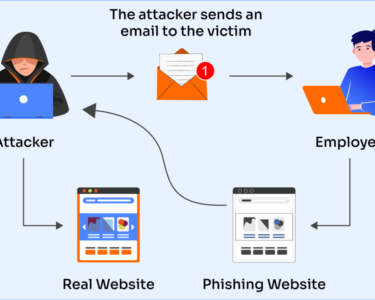Protecting Intellectual Property in the Digital Realm
In the rapidly evolving digital landscape, protecting intellectual property (IP) has become paramount. With the ease of sharing and reproducing content online, creators face significant challenges in safeguarding their works from infringement and piracy. This article delves into the complexities of IP protection in the digital realm and explores effective strategies to mitigate these risks.
Understanding Intellectual Property Rights
Intellectual property refers to creations of the mind, such as inventions, literary and artistic works, designs, and trade secrets. The primary forms of IP protection include:
- Copyrights: Protect original works of authorship, such as books, music, and software.
- Patents: Grant exclusive rights to inventors for their novel and useful inventions.
- Trademarks: Distinguish goods or services from those of competitors.
- Trade secrets: Information that a business keeps confidential and derives value from its secrecy.
Challenges of IP Protection in the Digital Realm
The digital realm poses unique challenges to IP protection:
- Easy Reproduction and Distribution: Digital content can be easily copied and shared online, making it susceptible to unauthorized reproduction and distribution.
- Global Reach of the Internet: The internet allows for content to be accessible worldwide, increasing the risk of piracy and infringement.
- Anonymity of Online Interactions: Infringers can often operate anonymously online, making it difficult to identify and hold them accountable.
Strategies for Protecting IP in the Digital Realm
To safeguard IP in the digital realm, creators and businesses can implement various strategies:
1. Digital Rights Management (DRM): DRM technologies restrict unauthorized access and use of digital content. They can prevent copying, sharing, or altering protected works.
2. Watermarking: Watermarks are invisible markings embedded in digital content that identify the owner and can deter unauthorized use.
3. Online Monitoring and Detection: Using specialized tools, creators can monitor online platforms for unauthorized reproductions of their works. Detection services can identify infringements and notify rights holders.
4. Content Filtering and Blocking: ISPs and online platforms can implement content filtering mechanisms to block access to infringing websites or materials.
5. Encryption and Data Protection: Encrypting sensitive information, such as trade secrets, ensures its confidentiality and prevents unauthorized access.
6. Legal Enforcement: In cases of IP infringement, creators can pursue legal action against infringers to seek damages or injunctive relief to stop the unauthorized use of their works.
7. Education and Awareness: Raising awareness about IP protection and the consequences of infringement can help deter potential infringers and promote respect for creators’ rights.
Conclusion:
Protecting intellectual property in the digital realm requires a multifaceted approach. By implementing a combination of technological, legal, and educational strategies, creators and businesses can safeguard their works from infringement and piracy. As the digital landscape continues to evolve, ongoing innovation and adaptation will be essential to ensure that intellectual property rights are respected and protected in the digital age.



